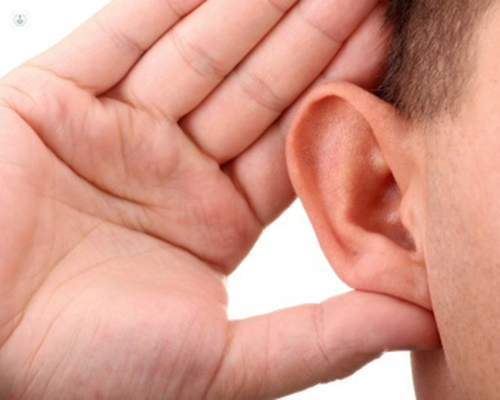5 aspects of otosclerosis
Written by:
Otosclerosis is a disease that affects the three small bones (hammer, anvil and stirrup) located in the middle ear, whose function is to amplify the vibrations of sound to send them to the brain. With otosclerosis, the stirrup bone begins to fuse with the bones around it, so eventually there is no movement and sounds are no longer received and transmitted effectively.

Causes of otosclerosis
The causes of otosclerosis are unknown, and is thought to be genetic.
In most cases, the main cause of this disease is the fixation of the stirrup, that is, the loss of movement and therefore its functionality, although it may also be due to an injury to the inner ear or cochlea.
Symptoms of otosclerosis
The main symptom of otosclerosis is hearing loss, which at an early stage, the patient does not notice. However, as the disease progresses, tinnitus (ringing in the ears) begins to appear.
There is also a small possibility that the patient may experience dizziness that may be accompanied by nausea and vomiting. In the majority of cases, otosclerosis first affects one ear and then the other.
Profile of the patient with otosclerosis
This disease, which is usually genetic, affects women more, especially during pregnancy, although men may also suffer.
Diagnosis of otosclerosis
When a patient visits the ENT specialist for suspected otosclerosis, the first thing to do is to rule out any other illness that may have the same symptoms as otosclerosis.
To diagnose the disease, an audiometry is performed to assess the hearing and functioning of the ear and a tympanogram to check if the ear vibrates correctly. If necessary, radiological tests such as computed tomography (CT) may also be performed.
Treatment of otosclerosis
There is currently no pharmacological treatment for otosclerosis, although there are two other options:
- Surgery: involves implanting a Teflon prosthesis to replace the stirrup. This procedure has a high success rate.
- Hearing aid: a sound amplification device that helps the patient to hear correctly, although it must be taken into account that this disease is progressive.


